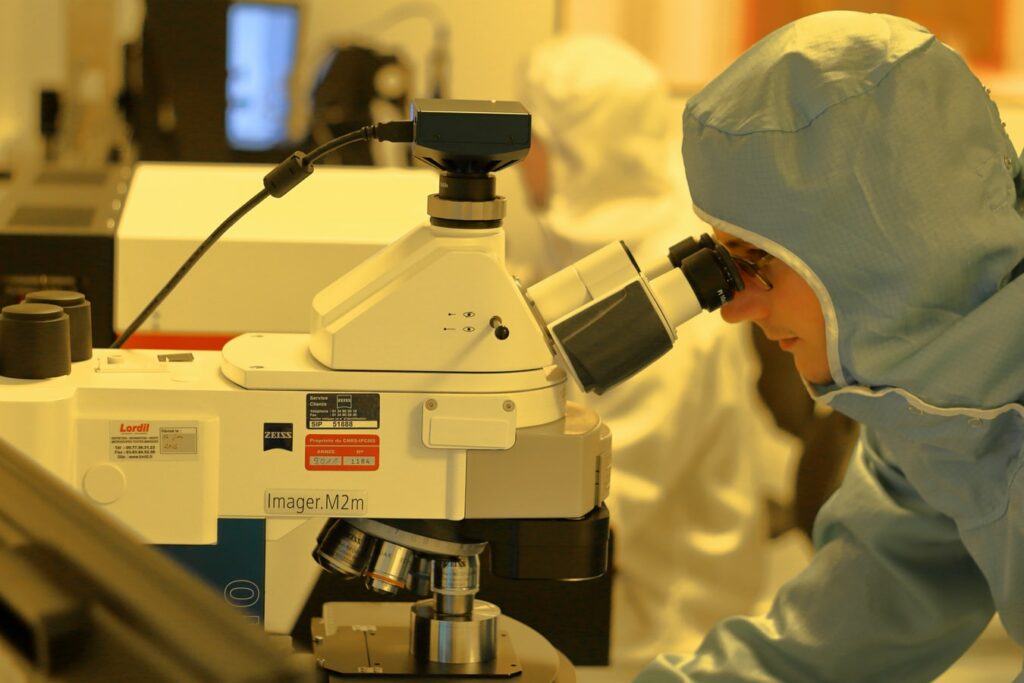
“You can’t have a vaccine done in one year without cutting corners” — we’ve probably all heard this in one form or another, or its more pervasive cousin, “I think I’ll wait a bit with the vaccine”. After a hellish year in which we all faced unprecedented restrictions, lockdowns, overflowing hospitals, and the constant risk of ourselves or our loved ones getting sick, we have a way out — but many people would just rather wait.
An October study in Nature Medicine surveyed 19 countries found that only 71.5% of the respondents would consider taking a COVID-19 vaccine — and that’s probably optimistic. Around 61% of American citizens would take the vaccine, which means that a big chunk of the population would just rather wait.
Vaccine hesitancy is far from a new problem. It’s been around since Edward Jenner first immunized an 8-year-old boy against smallpox in 1796. The reasons range from religion to disinformation about side effects but ultimately, a vaccine is only effective if people take it, and if people think this vaccine cut corners, they’re less likely to take it.
Vaccines don’t save lives. Vaccinations do
The story of how we got a vaccine in less than a year is a story of science, preparedness, money, and a stroke of luck.
It all started in Shanghai, where Professor Zhang Yongzhen sequenced the RNA of what was then an unknown virus on the 5th of January. Even as authorities refused to release the data, he leaked the RNA sequence out into the world, paving the way for crucial research that ultimately accelerated vaccine development.
But we didn’t really start from scratch. There are hundreds of known coronaviruses, including four that cause the common cold, as well as the coronaviruseds that caused the 2002 SARS outbreak and the 2012 MERS outbreak. Research on these viruses helped researchers understand vital characteristics,
In a sense, the world was very prepared for a pandemic. Experienced teams started work on a vaccine as quickly as possible — and we were also a bit lucky. The first COVID-19 vaccines are mRNA vaccines, and work for this innovative technology has been carried out for decades. Had the pandemic come a bit earlier, the technology may have not been mature enough to produce a working vaccine this quickly. Scientific progress such as information technology and cheaper sequencing meant the whole thing could be carried out at unprecedented speed. Companies such as Pfizer, Moderna, or AstraZeneca (who isn’t developing an mRNA vaccine) jumped to the challenge and started early trials.

Of course, they couldn’t have started trials without funding. This fund-granting process normally takes a lot of time. It takes months to draft grant proposals, submit them, waiting for review and maybe a resubmission. Then you have to convince ethics boards, committees, find suitable spots, recruit volunteers — all of which can take a great deal of time and are important obstacles on their own. With this pandemic, everyone understood the severity of the pandemic and all this was sped up. You need clever and highly motivated people and a big bag of cash to get it all running, and guess what? That was all provided
It normally takes a vaccine up to ten years to be developed, but that’s not a good thing. It’s not ten years because that time is spent on making it safe, it’s ten years because there are so many barriers in the process. Turns out, we can do a safe vaccine in one year if all the gears get turning. It’s not the one-year vaccine that’s an aberration, it’s the fact that it usually takes ten.
A lot came together for this to work
Unlike most cases, there was massive public support for vaccine development. Naturally, everyone wanted this pandemic over with and many people wanted to play their part and help out. Thanks to this public motivation and the internet and social media, there was no shortage of volunteers.
International cooperation was also key. Time is a luxury you rarely have in a pandemic, and researchers understood that. Teams quickly mobilized and shared results but again, it was also the funding for this that accelerated the process.
A 2018 study estimated the cost of early development and initial clinical safety trial costs of a vaccine to be around $31-$68 million. With this accelerated development, the costs are bound to be higher. The European Commission alone has offered $8 billion for vaccine research, and Operation Warp Speed in the US is also offering funding in the billions. Something else that funding brought in was an assumed failure: companies could afford to produce vaccines before they knew if they actually worked. This made it so that if a vaccine was confirmed, it could be delivered right away, instead of waiting for months and months for production. Turns out, if you put money into something, you can get it faster.
Yet again though, heavy lifting done by well-funded science, we also got a bit lucky. Although there have been over 250,000 variants of the novel coronavirus SARS-CoV-2, the virus has a low mutation rate compared to others (such as the influenza virus), and none of these variants seem to exhibit any characteristics that would invalidate a vaccine.

It’s no coincidence then that the vaccine was done in less than a year, surpassing even the optimistic timelines we had at the start of the year. The fact that regulation took place while the studies were ongoing and the fact that early vaccines worked so well were the cherry on this vaccine cake.
But many people don’t see this accelerated process as the crowning of progress and collaboration, but rather as a reason for suspicion. Reports of a few instances of side effects have also fed into those fears.
Side effects and what ‘safe’ means
Here are some of the side effects of one of Pfizer’s treatments: dizziness, ringing in the ears, nausea, diarrhea, severe shortness of breath, convulsions, and abnormal vision. We’re not talking about a vaccine, but rather about the common drug Viagra (or its generic name, sildenafil). Aspirin also has a concerning list of side effects which include gastritis, bleeding, heartburn, and cramping.
Indeed, no vaccine, not medical treatment is completely free from side effects. Normally, the pros of the treatment or vaccine are weighed against the cons, and only when the former overwhelmingly outweigh the latter is said treatment or vaccine introduced. We have the agencies and experts in place who ensure the rigor of this process, and we’ve seen it before. In 1998, a rotavirus vaccine was banned because it caused a rare intestinal obstruction in 1-2 infants out of 10,000 — that is the kind of rigor we’re talking about, and it has not been changed for the current pandemic. So where do we stand on COVID-19 vaccination side effects?
A December 19 presentation from the CDC reported 8 cases of anaphylaxis (serious allergic shock) for the Pfizer vaccine: 2 in the UK and 6 in the US. Later in December, a man in Israel also suffered an anaphylactic shock. These anaphylactic reactions normally occur within the first hour of exposure, which is why when someone is given a vaccine, they are normally placed in clinical supervision for at least 15 minutes to ensure that a potential anaphylactic shock is managed. Anaphylaxis can be quickly countered with antihistamines or adrenaline injectors, which is why health workers administering vaccines also have these treatments available.
But here’s the thing: so far, for the Pfizer and Moderna vaccines, we have approximately 1 case of anaphylactic for 400,000 vaccine doses. A 2016 study looking at other vaccines found a rate of about 1 case for 1.31 million doses. Relatively, the COVID-19 vaccine has a bit higher incidence, but we’re also monitoring the cases much more closely. Worldwide, 0.05–2% of the population is estimated to experience anaphylaxis at some point in life.
What this means for you
If you don’t have a clinical history of allergies, there’s nothing to dissuade you from taking the vaccine. It’s one of those things where the risk of COVID-19, even if you think you’re young or not at risk, is far greater than the risk of any serious side effects. It’s a clear case of the pros clearly outweighing the cons. If you do have a history of allergies, the UK and the US recommend that you not take the vaccine.
The milder side effects, which are still very rare, include symptoms like fever or aches, but these are much rarer and much milder than the incidence of COVID-19 itself. So if you’re ‘not afraid’ of the virus, it really doesn’t make any sense to be afraid of the vaccine.
The devastation brought by the pandemic is unlike anything we’ve seen in 100 years. But unlike 100 years ago, when we were struck by the Spanish Flu, we were armed and ready. In less than a year, we’ve managed to create not one but several safe and effective vaccines. It won’t save us overnight and we will still be wearing masks and distancing for a while, but at least we have a means to end this problem.
Just like we had briefings and media campaigns to help people understand the pandemic, we need another effort to help people understand the benefits of vaccines. It won’t be easy, but we can get there.






